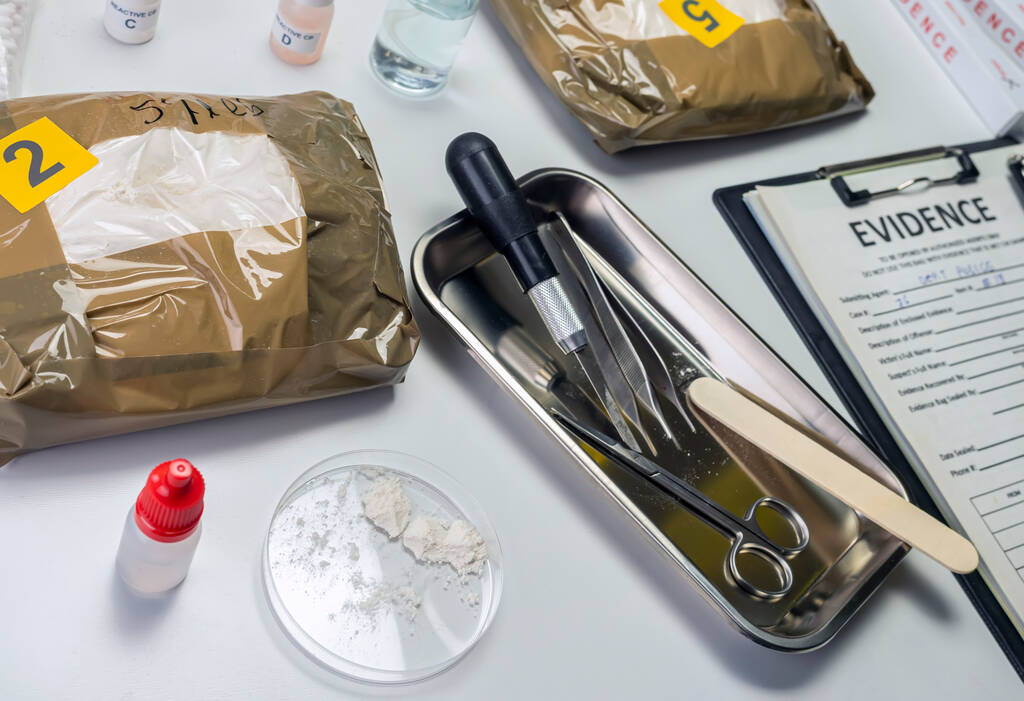Drug testing is a common practice in various fields, including employment, sports, and healthcare. One of the most comprehensive drug tests available is the 10 panel drug test. In this blog post, we will delve into what a 10 panel drug test includes, what is on a 10 panel urine drug screen, the key differences between a 5 panel and a 10 panel drug test, and what a 7 panel drug test typically tests for.

What Does a 10 Panel Drug Test Include?
A 10 panel drug test is designed to screen for the presence of ten specific drugs or classes of drugs in a person’s urine specimen. These substances are commonly abused and can impair judgment, safety, and overall well-being. The following drugs are typically included in a 10 panel drug test:
- Marijuana (THC): This panel detects the use of marijuana and its active ingredient, tetrahydrocannabinol (THC).
- Cocaine: Cocaine is a powerful stimulant drug that is tested for in this panel.
- Amphetamines: This category includes drugs like amphetamine and methamphetamine, which are stimulants commonly associated with increased energy and alertness.
- Opiates: Opiates such as heroin, morphine, and codeine are screened for in this panel.
- Methadone: Methadone is a synthetic opioid often used in the treatment of opioid addiction.
- Phencyclidine (PCP): PCP is a hallucinogenic drug that can cause severe disorientation and hallucinations.
- Benzodiazepines: Drugs like Xanax and Valium, which are used to treat anxiety and sleep disorders, are included in this panel.
- Barbiturates: Barbiturates are central nervous system depressants and can cause sedation when abused.
- Methaqualone: Although less common today, methaqualone is included in this panel. It’s a sedative-hypnotic drug.
- Propoxyphene: This drug, used for pain relief, is included to detect its misuse.
What Is on a 10 Panel Urine Drug Screen?
A 10 panel urine drug screen typically involves collecting a urine sample from the individual being tested. This urine sample is then analyzed for the presence of the ten drugs mentioned above. The process involves various steps, including urine collection, specimen handling, laboratory testing, and result interpretation. The goal is to determine whether any of these substances are present in the individual’s system, indicating recent drug use.
The Difference Between a 5 Panel and a 10 Panel Drug Test
One common question is how a 10 panel drug test differs from a 5 panel drug test. The primary distinction lies in the number of drugs they screen for. A 5 panel drug test includes the following five drugs:
- Marijuana (THC)
- Cocaine
- Amphetamines
- Opiates
- Phencyclidine (PCP)
A 10 panel drug test expands upon this by including the additional substances mentioned earlier. Therefore, the 10 panel test provides a more comprehensive assessment of an individual’s potential drug use, covering a broader range of commonly abused substances.
What Do 7 Panel Drug Tests Test For?
While 5 and 10 panel drug tests are the most common, 7 panel drug tests do exist. A 7 panel drug test typically screens for the following substances:
- Marijuana (THC)
- Cocaine
- Amphetamines
- Opiates
- Methadone
- Benzodiazepines
- Barbiturates
This panel strikes a balance between the more basic 5 panel test and the comprehensive 10 panel test, offering a mid-range option for drug screening purposes.

Conclusion
Understanding the components of a 10 panel drug test, including what it includes, what is screened in a urine drug screen, and how it differs from a 5 panel test, is crucial for individuals and organizations that require drug testing. Additionally, knowledge about 7 panel tests can help in selecting the most appropriate drug screening option based on specific needs. Regular drug testing plays a vital role in maintaining safety and ensuring compliance in various industries.
Learn more at Wiki as well.
